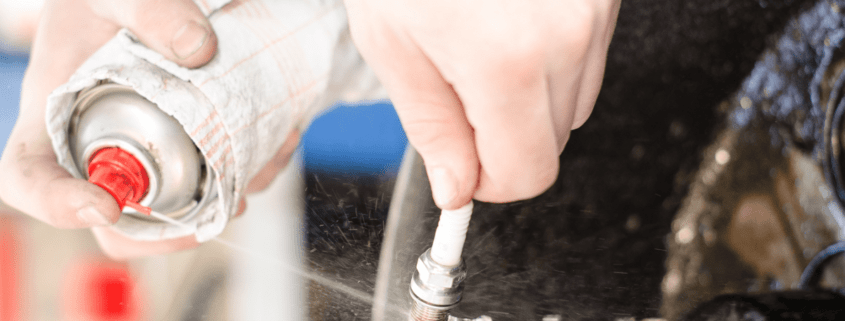What Are Butyl Degreasers
What are butyl degreasers? Butyl degreasers are among the most commonly purchased degreasers. They are cleaning agents sought for their penetration attributes. Used often in the automotive industries, they are widely known as one of the best penetrating solvents in the removal of heavy oils and greases like motor oil among other difficult-to-remove products found in workshops and factory floors. Butyl is one of the primary chemicals found in butane. Butane is a common gas found all over the world and used across many industries, kitchens, laboratories, and manufacturing facilities. Using butyl degreasers, lifts the heavy grime from oils and similar products, allowing cleaning staff to hose the oils away, simplifying the cleaning process which cuts down on labor costs.
Ecolink offers a large variety of butyl degreasers and eco-friendly alternatives that can be found in our shop.
As an example, Ecolink supplies customers with Positron. Positron is a high purity dielectric solvent often used in the critical cleaning of components. It has a moderate evaporation rate and leaves little to no residue.
Benefits of Positron:
- Non-toxic
- Lower odor
- Faster dry-time
- More aggressive cleaning
- Ultra-low residue
- Safe & easy to use
- Environmentally Prefered
- No hazardous fumes
- High dielectric strength, (ASTM D-877 test procedures to 48,000 volts.) •No SARA or RCRA listed ingredients
Benefits of Shopping Butyl Degreasers With Ecolink:
- 30 Years of Knowledge and Experience
- Bulk Availability (5-gallon buckets and 55-gallon drums)
- Chemical Variety
- Eco-Friendly Alternatives
- Affordable Pricing
- Expert Advice
- High Quality Chemicals
- Proper Use and Safety Information
Want More Information About Bulk Chemicals and Degreasers?
If you are looking for the best butyl degreasers for your needs, contact Ecolink here! Ecolink is a trusted provider of industrial chemicals and solvents that has the knowledge and experience to help you find the best chemical solutions for your applications. Call today to learn more!





